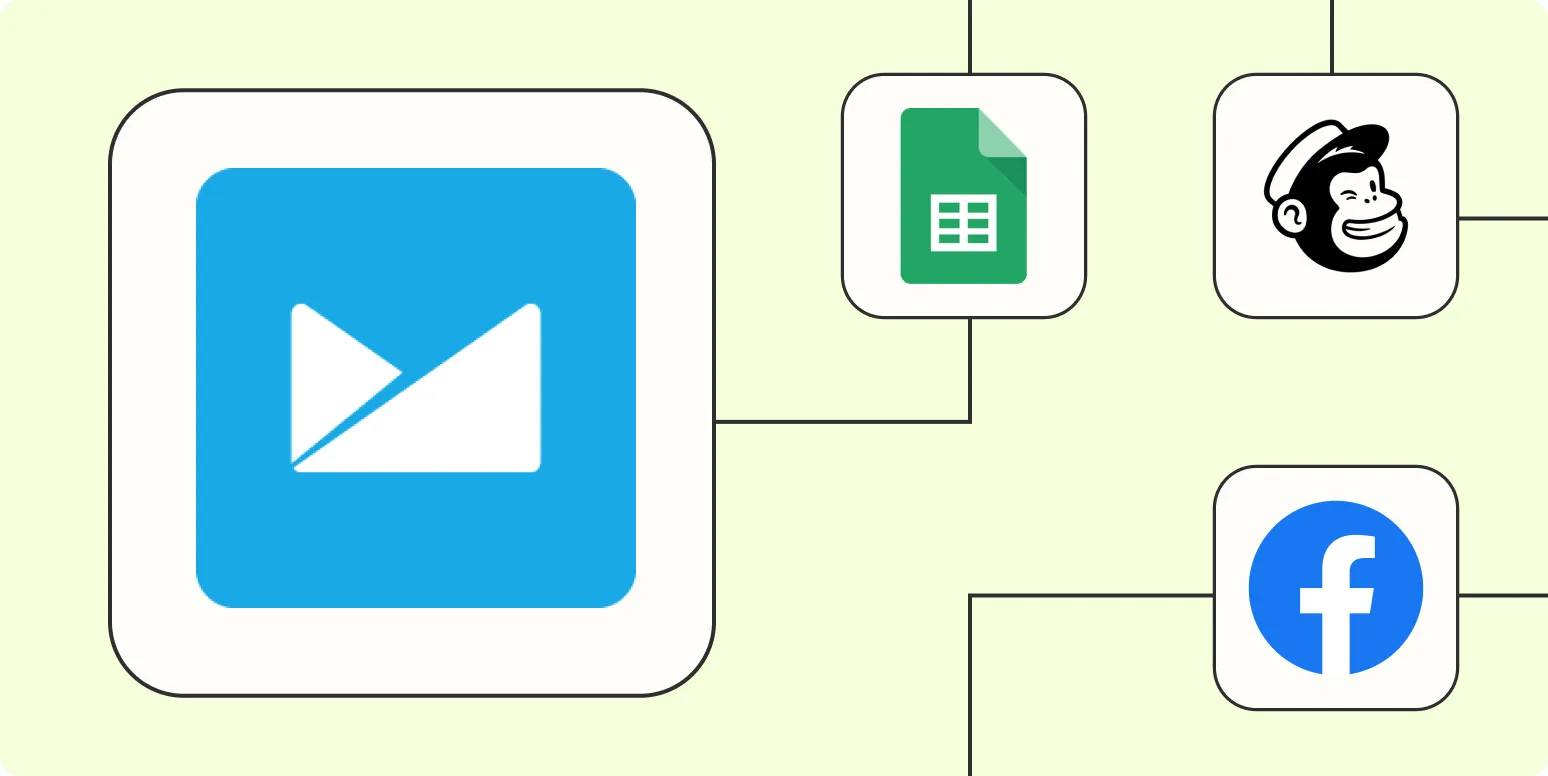1. Syncing Contacts from Google Sheets
One of the most efficient ways to automate your Campaign Monitor tasks is by syncing contacts from Google Sheets. With Zapier, you can set up a workflow that automatically adds new rows from your Google Sheets to your Campaign Monitor list. This is particularly beneficial for businesses that collect leads through forms or surveys.
To set this up, create a Zap that triggers when a new row is added to your Google Sheet. Then, connect that trigger to the action of adding a new subscriber in Campaign Monitor. This ensures that your email list is always up-to-date without manual input.
2. Creating Campaigns from New Blog Posts
If you regularly publish content, you can automate the creation of Campaign Monitor campaigns based on new blog posts. Set up a Zap that triggers every time you publish a new post on your blog platform, such as WordPress.
This Zap can automatically create a new email campaign in Campaign Monitor, pulling in the blog post title, link, and summary. This automation saves time and ensures your subscribers are promptly informed about the latest content.
3. Adding Subscribers from Typeform
If you use Typeform to gather information from users, you can easily add those respondents to your Campaign Monitor lists. By using Zapier, you can create a workflow that triggers when a new Typeform response is submitted.
In this setup, you can map the form fields to corresponding fields in Campaign Monitor, ensuring that all relevant data is captured. This seamless integration allows you to grow your email list automatically while collecting valuable insights from your audience.
4. Sending Customer Feedback to Campaign Monitor
Gathering feedback is crucial for understanding customer satisfaction. You can automate the process of sending customer feedback to Campaign Monitor by using tools like SurveyMonkey or Google Forms. Set up a Zap that triggers when a new survey response is submitted.
This automation can help you categorize feedback and send targeted campaigns based on customer responses. For example, if a customer rates their experience as poor, you can automatically add them to a specific Campaign Monitor list for follow-up emails.
5. Automating Social Media Leads
In today's digital landscape, social media is a powerful lead generation tool. By using Zapier, you can capture leads from platforms like Facebook or Instagram and add them directly to your Campaign Monitor lists. For instance, you can set up a Zap that triggers when a new lead is generated through your Facebook lead ads.
Once triggered, this Zap can automatically add the lead information to your Campaign Monitor list, allowing you to nurture these leads with targeted email campaigns. This method not only saves time but also ensures that you never miss an opportunity to connect with potential customers.
6. Tracking Referrer Ad Creative Performance
For those running ad campaigns, tracking the performance of various ad creatives is essential. You can automate the process of adding performance metrics into Campaign Monitor using tools like Google Analytics or your preferred ad platform.
Set up a Zap that triggers when a new performance metric is recorded, such as clicks or conversions from your ads. This data can be sent to Campaign Monitor, allowing you to segment your audience based on their interactions with your ads. By analyzing this data, you can refine your email marketing strategy and improve your referrerAdCreative efforts.
Conclusion
Automating your Campaign Monitor processes with Zapier can significantly enhance your marketing efficiency. By implementing these six automation strategies, you can ensure that you're always engaging your audience with relevant content while saving time on manual tasks. Whether it's syncing contacts, creating campaigns from blog posts, or tracking referrerAdCreative performance, Zapier provides the tools you need to streamline your efforts and maximize your email marketing potential.





